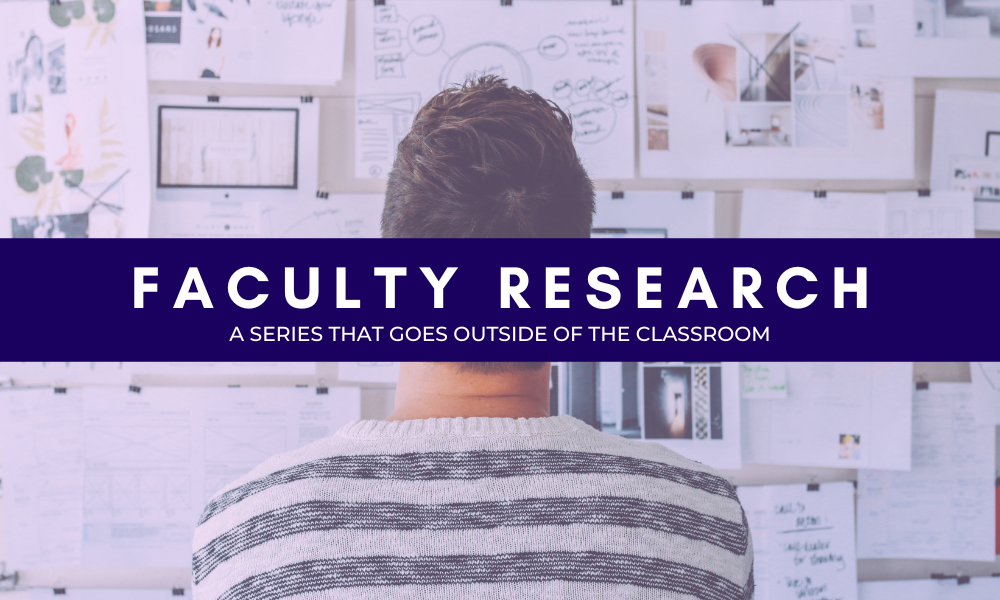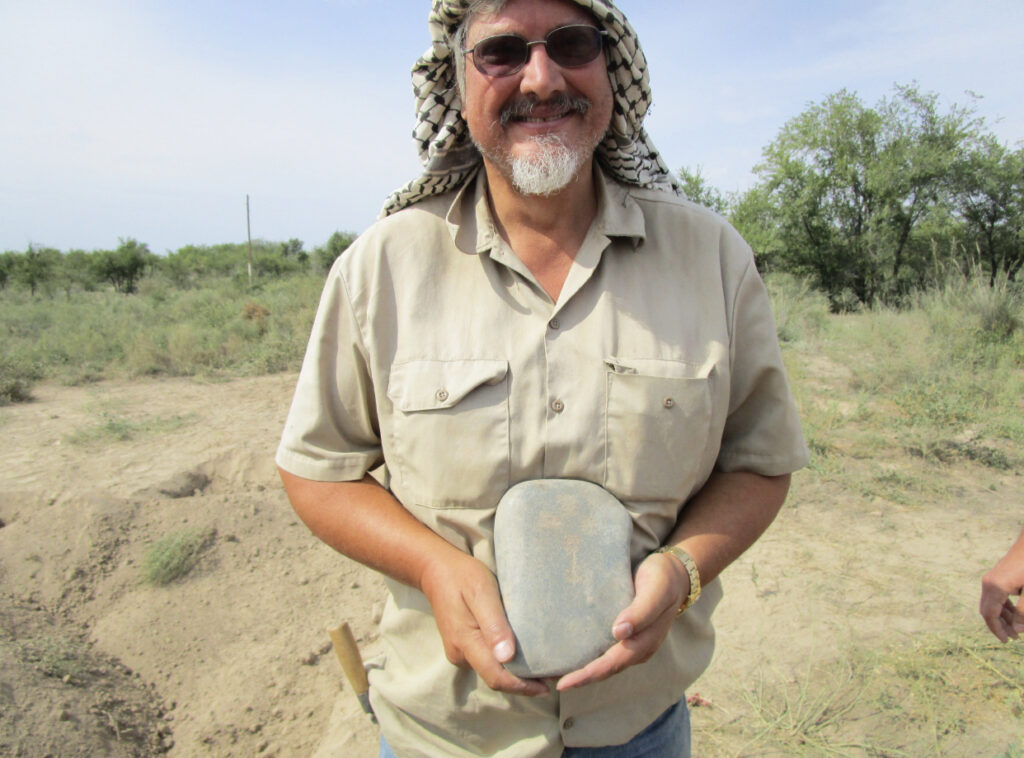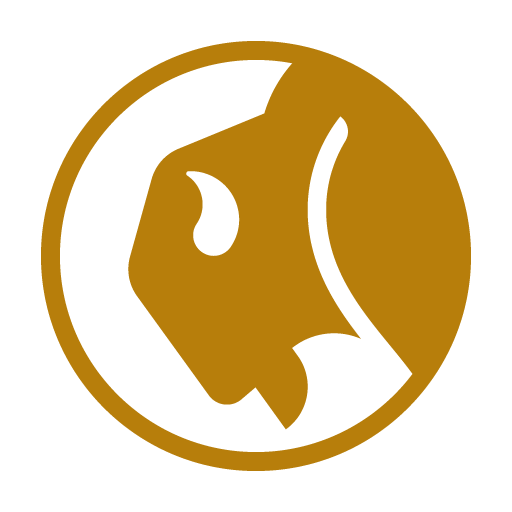
Can you dig it?

Archaeology is the study of past humanity. Archaeologists study those things that were used, changed, and created by humans.
The thing about finding an ancient artifact like a pyramid or an aged skeleton is that you can’t put a price on it. Every artifact has a story, according to Dr. Thomas Davis. He says his route to this career “was an interest in history…I realized that the thing about archaeology is that archeology doesn’t lie.”
Dr. Thomas Davis is an Archaeologist and Professor here at Lipscomb who has traveled the world to find these great artifacts. Dr. Davis has journeyed to many different places in his 40-year archaeologist career, including Europe, the Middle East, Africa, Asia, and Australia.
When asked how do Archeologists find a site and where do those artifacts lie? Dr. Davis says, “The first thing you ask is, what’s your question? What are you interested in? What’s your research question? Because that will determine what type of site you look for and where you excavate.”
Did you know? There are different specialties within archaeology.
Some archaeologists may study human remains, which could be known as bioarchaeology. The study of animals is known as zoo archaeology. You may have thought an archaeologist studies dinosaur fossils, but no, a paleontologist would examine artifacts of that nature. In some cases, an archaeologist may come upon a fossil and will have to work alongside a paleontologist.
Anyone might find something that could become important.
Let’s say you’re on a hike in another country and stumble across an ancient artifact and have no idea what to do. Dr. Davis says, “what you should do is contact the regional archaeology people. Every country has them. And you tell them. … you found this, and they should probably take it out of where it was found. Whatever you decide to do with the artifact depends on what the country wants to do with it.”
When archaeologists find an artifact, they mark and record the exact location. This is a must because if not documented or handled correctly, that artifact can lose its context and have no scientific value. An archaeologist must take all the right precautions before and after digging so that artifact retains its value. Proper identification can also give them the opportunity to dig around the area and find more artifacts of the past.
Every Archaeologist is different based on their personal interests and experiences. Dr. Davis explains, “I’m, for example, interested in the transition to Christianity in Cyprus and looking at how large cities respond to destruction. So I specifically excavated a site called the Kourion South Coast of Cyprus, which was destroyed by an earthquake in the mid-fourth century.”
Dr. Davis has always had a huge interest in Christianity and its history. “I’m a preacher’s kid, so I was always interested in the biblical connection,” says Davis. He discovered a very interesting artifact in Kazakhstan that connects to the beginning of Christianity. He describes it as “a gravestone with a crossword, the first physical sign of Christianity before the Russians and Kazakhstan.” It was an extraordinary discovery from Dr. Davis. This is what he has been searching for, and it connects with his personal interest.
Archaeologists use many different tools, such as picks, levels, bags, pencils, pens, measuring tapes, etc. You may find it interesting that one tool often seen in movies is NOT used is a brush.
Archaeologists prefer a thin leaf trowel. The trowel is the most important tool an archaeologist uses. This trowel helps scrape away very thin layers of soil to help the excavator be more precise. But there is heavy machinery too. An archaeologist usually works in a wide construction-based site, needing more heavy-duty equipment to dig around and deep to reach the artifact.
The process starts with the obvious shoveling and screening of the artifact. The most experienced archaeologists identify different soil textures to let them know if there is an artifact near them. Once the artifact goes through screening, the soil also goes through screening in case any small artifact is left behind.
Dr. Thomas Davis is a very intelligent, unique, talented archaeologist, the type of man you would talk to; to gather information, talk about life, and learn about the world and its purity. His passion is evident, as well as his belief that there is still so much to find. If you know nothing about archaeology and want more information, Dr. Davis is your man.
It is while chasing the history of Christianity that this preacher’s son discovered one of the first artifacts to trace back to the beginning. Life comes full circle. Here at Lipscomb, a private Christian University, he gets to share his experiences and offer the University’s only Ph.D. degree.
A previous version of this article indicated that a gravestone was found in Cyprus. The gravestone was actually found in Kazakhstan. This article has been updated to reflect that.





